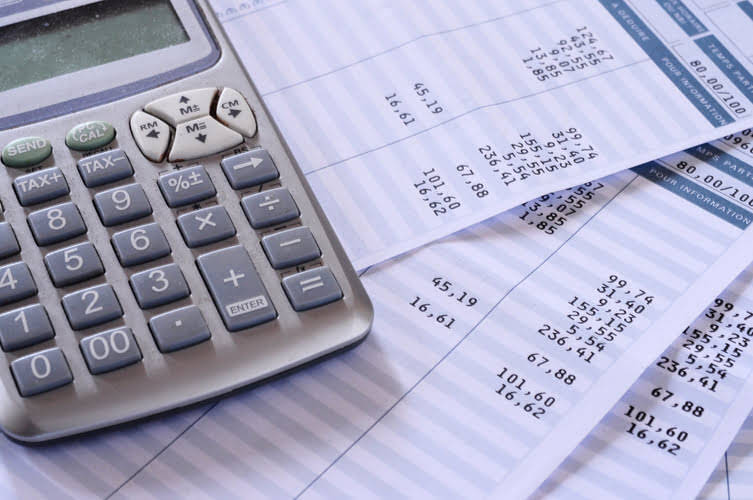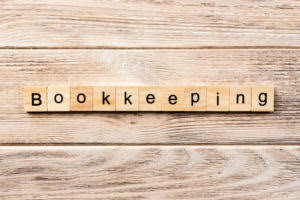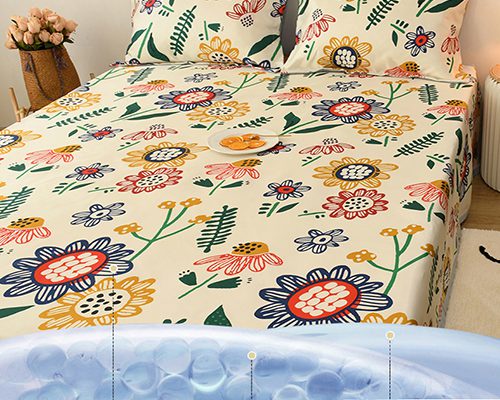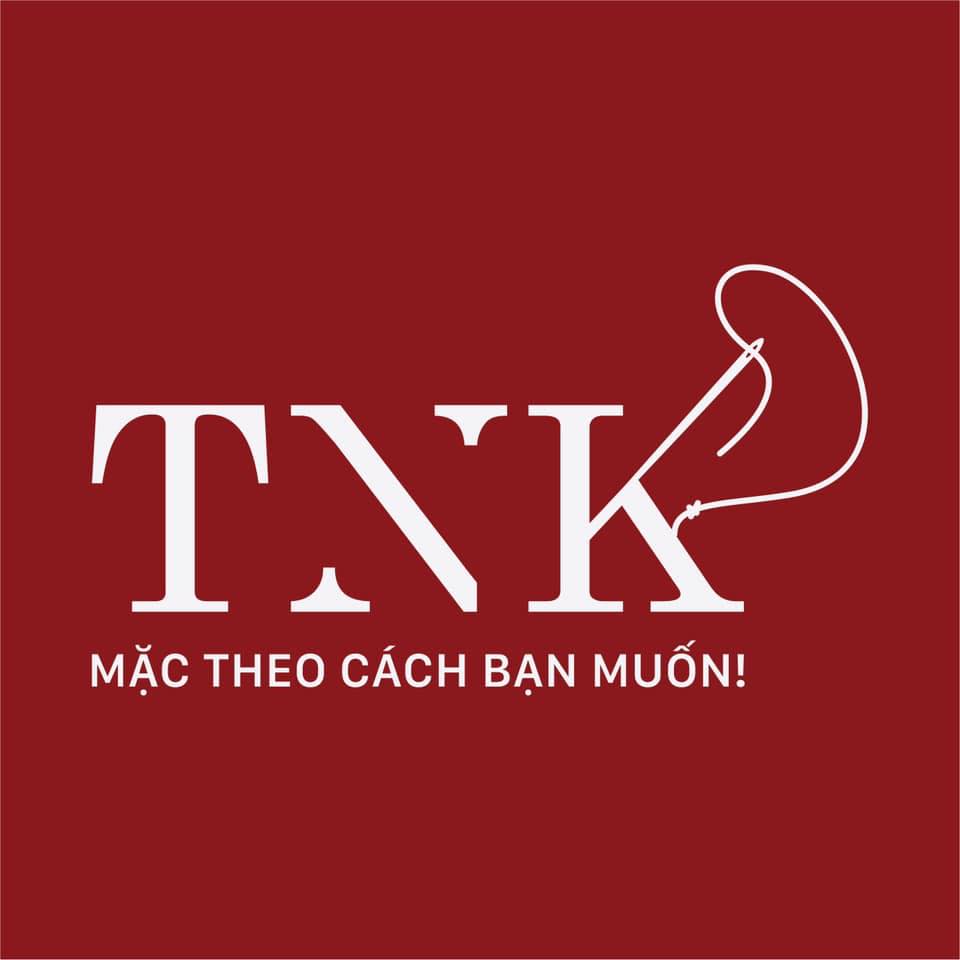How To Determine an Asset’s Salvage Value

Some methods make the item lose more value at the start (accelerated methods), like declining balance, double-declining balance, and sum-of-the-years-digits. The depreciable amount is like the total loss of value after all the loss has been recorded. The carrying value is what the item is worth on the books as it’s losing value. To calculate the annual depreciation https://www.facebook.com/BooksTimeInc/ expense, the depreciable cost (i.e. the asset’s purchase price minus the residual value assumption) is divided by the useful life assumption. Regardless of the method used, the first step to calculating depreciation is subtracting an asset’s salvage value from its initial cost. Salvage value is the amount for which the asset can be sold at the end of its useful life.

Salvage Value Calculation

So, total depreciation of $45,000 spread across 15 years of useful life gives annual depreciation of $3,000 per year. As is clear from the definition, the value of equipment or machinery after its useful life is termed the salvage value. Simply put, when we deduct the depreciation of the machinery from its original cost, we get the salvage value. Scrap value might be when a company breaks something down into its basic parts, like taking apart an old company car to sell the metal. Suppose a company spent $1 million purchasing machinery and tools, which are expected to be useful for five years and then be sold for $200k. If the residual value assumption is set as zero, then the depreciation expense each year will be higher, and the tax benefits from depreciation will be fully maximized.
What Is the Loss for Tax Value?

It is calculated by subtracting accumulated depreciation from the asset’s original cost. An asset’s depreciable amount is its total accumulated depreciation after all depreciation expense has been recorded, which is also the result of historical cost minus salvage value. The carrying value of an asset as it is being depreciated is its historical cost minus accumulated depreciation to date. Companies determine the estimated after tax salvage value for anything valuable they plan to write off as losing value (depreciation) over time. Each company has its way of guessing how much something will be worth in the end.
- This method estimates depreciation based on the number of units an asset produces.
- Both declining balance and DDB methods need the company to set an initial salvage value.
- An example of this is the difference between the initial purchase price of a brand new business vehicle versus the amount it sells for scrap metal after being totaled or driven 100,000 miles.
- If a business estimates that an asset’s salvage value will be minimal at the end of its life, it can depreciate the asset to $0 with no salvage value.
- Tax code requires the company to depreciate the plant over 5 years with $10 million salvage value.
- The higher the CFAT, the better positioned a business is to make distributions to investors.
What Is an Asset’s Salvage Value?
Depreciation and amortization are accounting practices that allow a company to write down the value of its tangible and intangible assets, respectively, over their useful life. Depletion, which is most common in the energy and raw materials industries, allocates the cost of extracting natural resources, such as oil or minerals, from the earth. Stock-based compensation refers to the payment of employees, typically executives, through non-cash means, such as shares of stock or stock options in that company. The present value of cash flow after taxes can be calculated to decide whether or not an investment in a business is worthwhile. The higher the CFAT, the better positioned a business is to make distributions to investors.

It is a critical component in assessing the profitability of an investment and the financial impact of disposing of an asset. Salvage value is a concept that holds significant importance in the world of business. This value plays a crucial role in financial decision-making as it affects various aspects such as depreciation, asset disposal, and capital budgeting. Understanding the definition and significance of salvage value helps business owners and managers make informed choices and plan for the future. In the following sections, we will explore the exact meaning of salvage value and delve into its relevance in business operations.
Salvage value is an asset’s estimated worth when it’s no longer of use to your business. Say your carnival business owns an industrial cotton candy machine that costs you $1,000 new. The depreciation rate is influenced by the asset’s useful life, salvage value, and the method of depreciation chosen, such as the straight-line or double-declining balance method. The original price or initial cost of an asset includes its purchase price, installation costs, and any other expenses incurred to bring the asset to a usable state. Depreciation, on the other hand, is the systematic allocation of the cost of an asset over its useful life.

The declining balance method is best suited for assets that are expected to be more productive in their early years and less productive as time goes on. The sum-of-the-years’ digits method is generally used for assets with a higher productivity pattern in the early years and slower productivity in later years. The four depreciation methods available are straight-line, units of production, declining balance, and sum-of-the-years’ digits. The choice of method depends on the nature of the asset and its expected pattern of use and obsolescence. Calculating depreciation with consideration of the salvage value ensures that the asset’s cost is accurately spread over its useful life.
- The price you will pay for a lease buyout will be based on the residual value of the car.
- Unless there is a contract in place for the sale of the asset at a future date, it’s usually an estimated amount.
- It is calculated by adding back non-cash charges, such as amortization, depreciation, restructuring costs, and impairment, to net income.
- One of the first things you should do after purchasing a depreciable asset is to create a depreciation schedule.
- Incorporating a robust ERP system like Deskera can significantly enhance how businesses manage and calculate salvage value.
- The Internal Revenue Service (IRS) uses a proprietary depreciation method called the Modified Accelerated Cost Recovery System (MACRS), which does not incorporate salvage values.
When you’re using straight-line depreciation, you can set up a recurring journal entry in your accounting software so you don’t have to go in and manually prepare one every time. Annual straight line depreciation for the refrigerator is $1,500 ($10,500 depreciable value ÷ seven-year useful life). If you’re unsure of your asset’s useful life for book purposes, you can’t go wrong following the useful lives laid out in the IRS Publication 946 Chapter after tax salvage formula Four. Market demand for similar assets affects their resale price, with higher demand typically leading to a higher salvage value, influencing the asset’s worth at the end of its useful life.
- At this point, the company has all the information it needs to calculate each year’s depreciation.
- Market demand for similar assets affects their resale price, with higher demand typically leading to a higher salvage value, influencing the asset’s worth at the end of its useful life.
- Take a look at similarly equipped 2015 Hyundai Elantras on the market and average the selling prices.
- The salvage value is considered the resale price of an asset at the end of its useful life.
- The total amount of depreciation taken over the entire life of the asset should equal the depreciable cost (cost minus salvage value).
How to Calculate After Tax Salvage Value
- If a company believes an item will be useful for a long time and make money for them, they might say it has a long useful life.
- On the other hand, salvage value is an appraised estimate used to factor how much depreciation to calculate.
- These eight depreciation methods are discussed in two sections, each with an accompanying video.
- One method of determining depreciation involves considering the asset’s salvage value.
- Redtech management forecast that at the end of the project, this machine can be disposed of for $25,000.
- The first step is to determine this value by determining market prices for similar assets, referencing professional appraisals, or negotiating with potential buyers.
Besides, the companies also need to ensure that the goods generated are economical from the customer’s perspective as well. Overall, the companies have to calculate the efficiency of the machine to maintain relevance in the market. Both declining balance and DDB methods need the company to set an https://www.bookstime.com/ initial salvage value. In the example, the machine costs $5,000, has a salvage value of $1,000, and a 5-year life. With a 20% depreciation rate, the first-year expense is $800, and the second year is $640, and so on.















